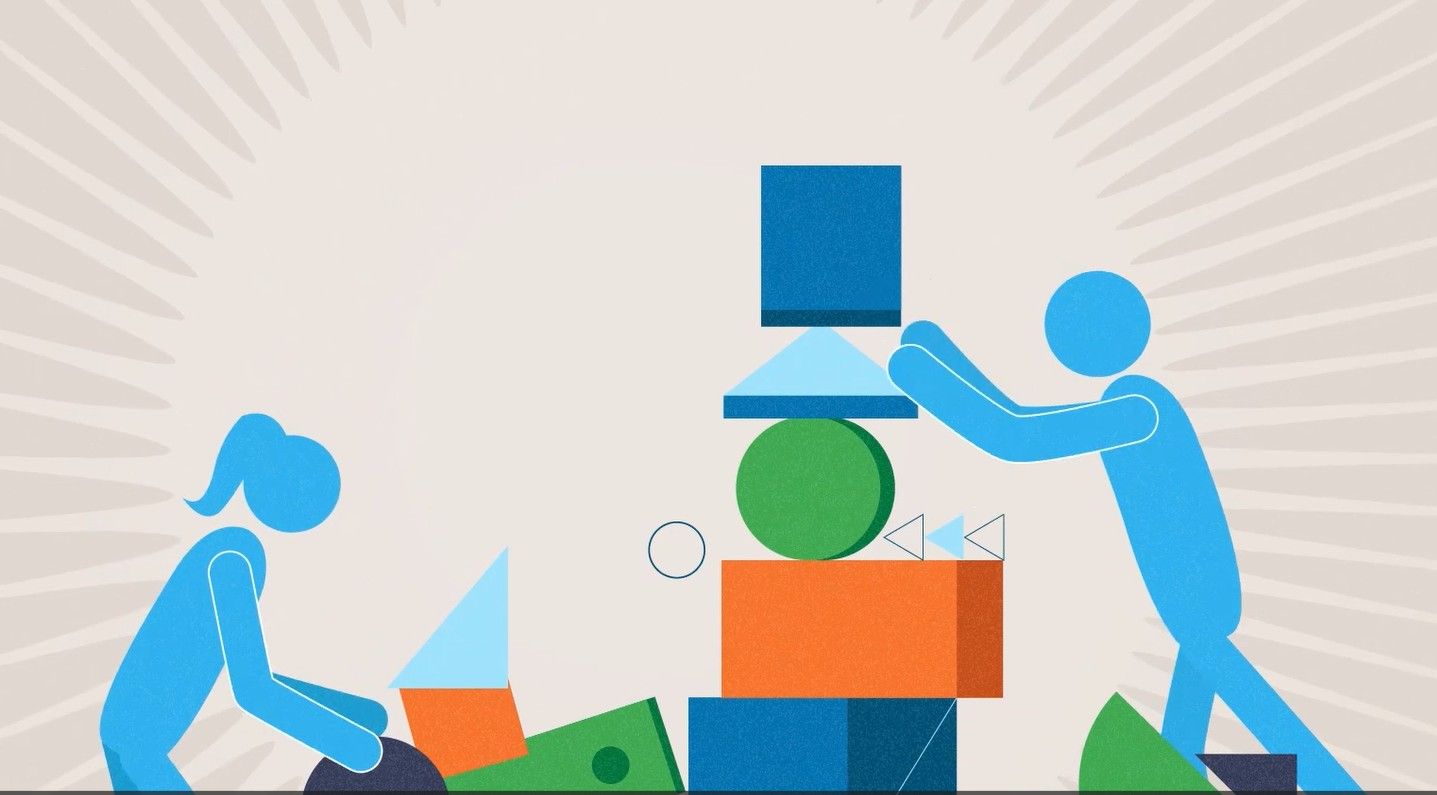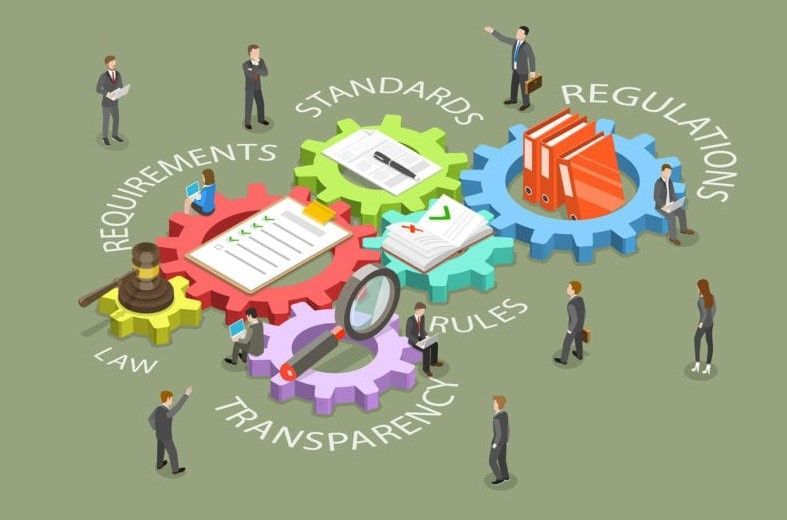Leveraging Time in Sales
August 14, 2025
What’s your number-one sales challenge? What obstacle, if you overcame it, would most help you increase sales?
We ask that question when we survey participants before the first session of our consultative sales training course, FOCIS®. The survey helps us understand how to tailor the course to the needs of any given company, class, or business developer. Specifically, the survey helps us to help participants make the most of three key components of the course:
- Developing consultative selling skills
- Building multiple sales processes customized by industry, company, and business developer
- Coaching on current sales opportunities.
Answers to that important question vary, but many revolve around the same issue: not enough time. And now, already into the fourth quarter of the year, is when you no doubt need even more time.
You’ve probably heard the phrase, ”the time value of money.” It simply means that a dollar in hand today is worth more than a dollar in hand tomorrow—provided you invest today’s dollar wisely. (Making that happen, of course, is another matter.)
Well, in selling, we can think in terms of ”the money value of time.” The more wisely you invest your business development time today the better your dollar return tomorrow. Again, not so simple to do. But at least our training makes it easier.
How can you, your salespeople, and your business developers increase the money value of your time?
#1 Accomplish two things at the same time. We’re not talking about doing two things at the same time. We’re talking about getting two things done at the same time. Business developers we train who are not professional salespeople spend the bulk of their time performing their “main job,” often a professional service—law, accounting, engineering, managing. Yet they are expected to perform those jobs at a high level and bring in business. How to find the time? One way is to gracefully turn appropriate social and networking events into business opportunities. A common challenge for business developers is a reluctance to do business with friends. But if you can truly create value for customers and clients, why wouldn’t you create value for your friends?
Key Point: Be sure you have developed or been taught the right skills to ensure that this approach goes smoothly, not awkwardly.
#2 Bend the law of diminishing returns. We all know that we really can’t “do it all,” even if we’re tempted to try. That said, we often can do more than we think we can. A friend once asked me to accept a position on a not-for-profit board. Concerned about the demands already placed on my time, I was inclined to decline. Then, my friend reminded me of an old, but still true, fact of life: “If you want something done, ask a busy person to do it.” He also knew that I would do everything that was needed.
One of the best ways to leverage time for business development is to spend time when you are not selling to develop the assets that support sales. That includes lists of potential issues prospects might have, probing discovery questions, visuals, appropriate stories, and more. The best sales people are always looking for new “assets” to help them leverage their time with prospects. We regularly help business developers build an “asset inventory.”
#3 Try something “really different.” One time during a golf game, I was talking with a caddy and learned that during the week he was a professional print sales representative—and an experienced one. His family was grown, and he still hit the pavement Monday through Friday. But on Saturdays and Sundays in the summer, with appropriate discretion and grace, he makes valuable contacts by caddying. Golfers strike up conversations with their caddies, personal information is bound to come out, and the interchange can work out well for everyone. A bonus is that caddying keeps him in great shape. (If you doubt it, try it sometime.)
#4 Identify your time-wasting behaviors. Occasionally, participants in our sales consulting course will call me to explain why they don’t have time to do the homework. Each call might take 30 to 45 minutes; the homework takes 15. (I’m not talking about participants who need to clarify something they don’t understand.) Usually, such students are the same ones who spend a lot of time working the top of the sales funnel to develop new prospects. Unfortunately, they fail to invest enough time to fully understand how to create value for their prospects—and move them down the funnel to a sale. This particular sales skill takes time to learn. Once learned, however, it pays big dividends.
#5 Build a strong sales process. The greatest lever of sales time is a strong sales process. We have never met a sales cycle we couldn’t shorten, sometimes by months and, yes, even years. Again, building a customized sales process also takes time to learn, but we do it regularly, and it also pays big dividends. We have helped several clients reduce their average sales cycles to one or two months from more than a year.
#6 Escape to create. In other words, “getting creative” sometimes means “getting away.” That’s a technique I have used to turn my ideas for our training courses into realities. The results? Our popular FOCIS® courses on consultative selling, negotiating, and increasing referrals. Such larger projects can demand this type of discipline and concentration. Envisioning the courses, brainstorming (mostly with myself), developing the “live” sessions, deciding on visuals, and creating workbook content—each required my full, focused attention. That meant no distractions such as appointments, walk-ins, or phone calls. Getting away, often with others, works well for planning complex client sales engagements and presentations, brainstorming with other sales reps about current opportunities or challenges, and developing strategies to find new markets.
#7 Turn negatives into positives. The percentage of people with ADHD in sales is estimated to be about double that of the general population. As a group people with ADHD are known to have trouble managing time. And that’s a big obstacle in selling. But salespeople with ADHD can also do very well and are frequently stars. How can that be? They’ve turned the tables and leverage commonly “negative” ADHD behaviors into exceptional selling behaviors. Exercising that leverage means training in consultative selling skills and a process that keeps reps on track without being a straightjacket. Our consultative selling course FOCIS® provides such training and process development. We know that the course can help any salesperson. But we’ve also learned that it can be especially valuable for salespeople with ADHD.
How are you using your time? Too much time filling the top of the funnel and not enough leveraging social situations? Not making the most of downtime to build the resources that support sales? Not defining “away” time so that you can be your most creative self?
Time won’t wait for you, so don’t wait for time. Take a few minutes now to learn more about how you can get the most money value for your time. Contact us at 847-446-0008, Extension 1 , or pkrone@productivestrategies.com .
The post Leveraging Time in Sales appeared first on Productive Strategies, Inc..










